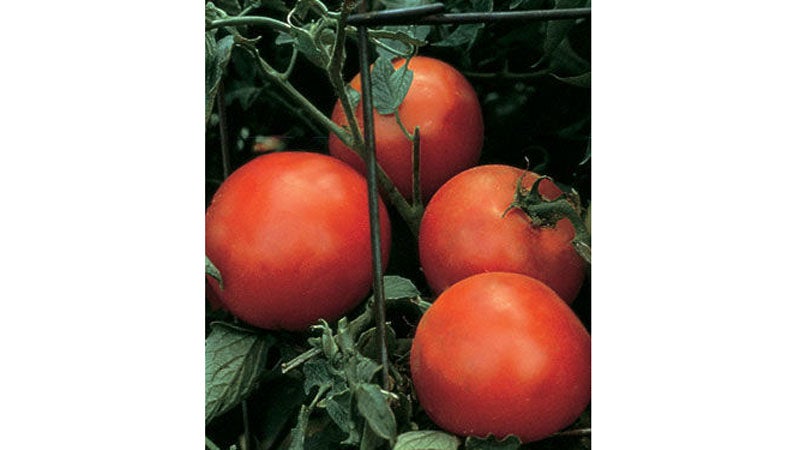Brock: AgCenter shares gardening tips through Virtual Tomato Field Day
Published 10:29 am Saturday, June 13, 2020

- Andre Brock
|
Getting your Trinity Audio player ready...
|
Though we had to cancel this year’s Tomato Field Day as an in-person event, we did grow the vegetables and learned some things about the cultivars (cultivated varieties) we tried. A presentation of the information was just filmed and the video should be available online (LSUAgCenter.com) by the time this article is printed.
First, thanks to the Millets (especially Mr. T-Black and Mr. Ricky) who took care of “my” vegetable plants since March 15. They did a great job and we were happy with the results.
We grew six tomato cultivars (and cultivar names go in single quotes): ‘Celebrity,’ ‘Better Boy,’ ‘Red Defender,’ ‘Red Pride,’ ‘Red Morning,’ and ‘Mountain Fresh Plus.’ All were chosen as half-pound to 1-pound range red, round, disease-resistant tomatoes. Disease “packages” include verticillium wilt, tomato spotted wilt virus (TSWV) and a few other common ones. All tomatoes grown were hybrids and all determinate except ‘Better Boy.’
The ‘Celebrity’ tomato was like a control group; everybody who grows tomatoes is probably familiar. It’s a half-pound tomato adapted to a variety of growing conditions. People often want a tomato that “tastes like tomatoes when I was a kid.” Well this one was an All-America Selection (AAS) winner in 1984. So if you’re my age, this is exactly what dads had in gardens when we were young. It’s still delicious and performance/production has held up over the years.

Pictured is the ever-popular Celebrity tomato variety.
‘Red Defender’ was about the same as ‘Celebrity;” maybe slightly wider/shorter fruit. ‘Better Boy’ jumped out ahead early on as a larger plant (indeterminate growth pattern), though they evened out over time. Tomatoes were similar to ‘Celebrity’ but perhaps a bit larger. ‘Red Pride’ was similar, with consistently well-shaped fruit in the half-pound range.
‘Red Morning’ was about the same, but the fruit was more consistently larger. ‘Mountain Fresh Plus’ followed suit with perhaps slightly more pink-ish fruit. Usually taste sets the tomato varieties apart but we did not have a taste test without the crowd. The Millets and I found them all to be really good-tasting tomatoes. They all had a good acid “bite” and plenty of tomato flavor.
This year’s bell pepper cultivars were ‘Turnpike,’ ‘Vanguard,’ ‘Revolution,’ ‘Declaration,’ and ‘Snackabelle.’ We had grown ‘Snackabelle’ last year and wanted to see it again. It’s a smaller plant with really small fruit (3 to 4 inches across), but with a lot of volume. It readily turns red, while other varieties experience greater yield loss if left to ripen in the field. We think it would be useful for stuffing peppers as appetizers.
The other peppers were also all great producers with resistance including phytophthora blight, tomato mosaic virus and bacterial leaf spot. They all made sturdy plants with large, blocky, thick-walled peppers. It’s hard to differentiate any of them. But if you’ve been growing older varieties, your jaw will drop when you see these. Fruit quality, production and disease resistance were all outstanding.
We unfortunately mixed the tags on the cucumbers so I can’t report much on varieties. We grew ‘Dasher 2,’ Bristol,’ ‘Citadel,’ ‘SV4719CS F1,’ and ‘Silver Slicer.’ They all made lots of cucumbers on disease-resistant vines. ‘Silver Slicer’ was easily identified by its white skin, which remained more tender. It did not climb as high as the others; kept wanting to spread. Like last year’s white variety ‘Martini,’ it seems to last longer into the growing season than others, still in great production in early June.
If you want to know more about gardening, landscaping, or anything else horticultural, contact the St. John & St. James Parishes County Agent André Brock at abrock@agcenter.lsu.edu. Also, the LSU Ag Center’s website can be accessed at www.lsuagcenter.com with lots of user-friendly information, including this article.

